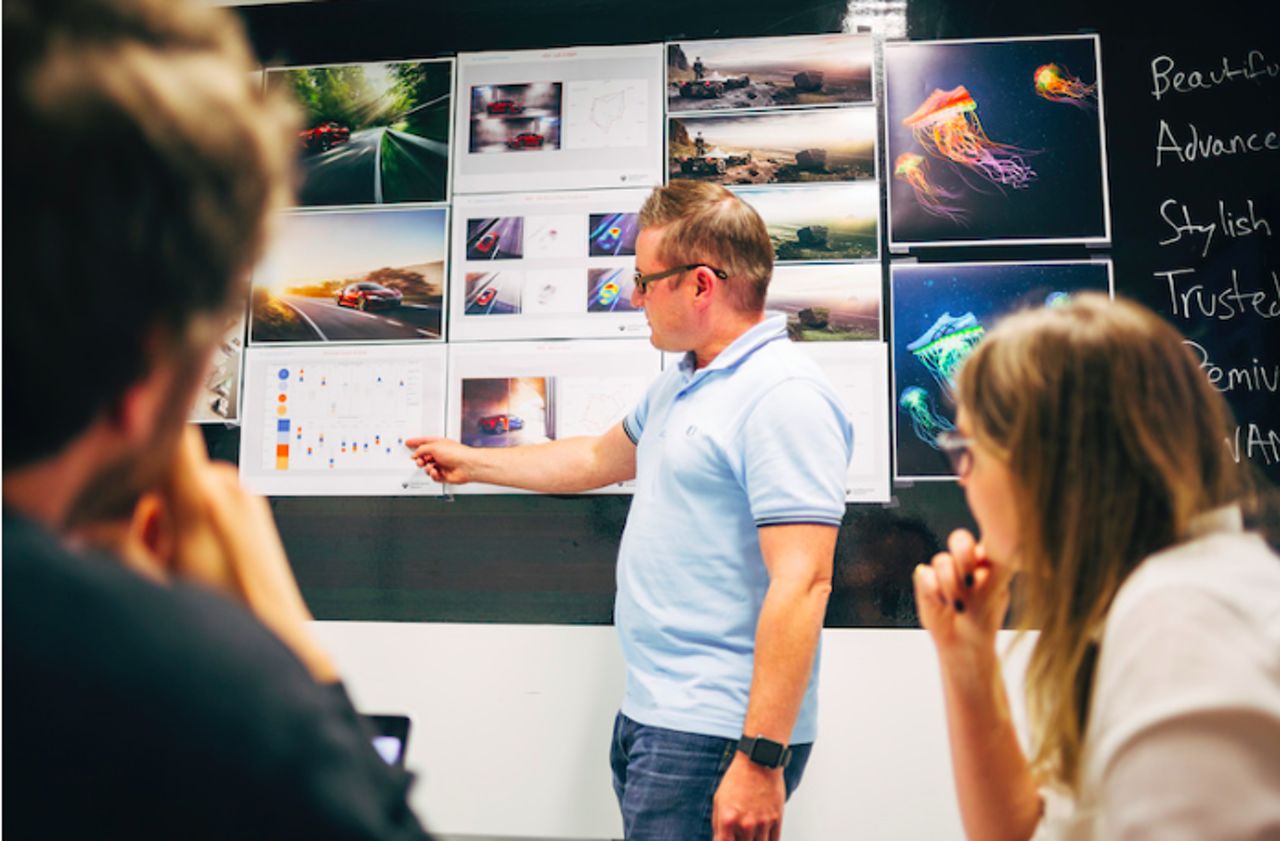How To... Use Neuroscience to Maximise Creativity
James Digby-Jones, ECD at visual production house, Saddington Baynes, explores the world of neuroscience.
Neuromarketing is not about hard data or crunching numbers, but augmenting creativity and intuition. We’re emotional beings with 95 per cent of our purchase decision-making taking place in the subconscious mind.
It makes sense that ad campaigns with an emotional hook outperform those based on logical thinking – sometimes two-to-one. Neuromarketing opens up a whole new world; a better understanding of subjective responses to creativity, enabling us to create more engaging communication.
Marketing is a progressive industry, but it still takes a great deal of effort to change people’s habits.
The notion that human behaviour is shaped predominantly on a non-conscious level has taken root with leading businesses around the globe, within the more progressive international client organisations building their own neuro-centres. This enables a greater scale and application to other areas of marketing and product development.
While neuroscience techniques are rapidly gaining traction in the advertising industry, many companies have yet to fully understand and exploit its capabilities. In other words, neuromarketing is still in a stage of early adoption. There are a number of practical reasons explaining this slow uptake.
Marketing is a progressive industry, but it still takes a great deal of effort to change people’s habits and get traction for new tools. Plus, the infrastructure around existing methodologies and contractual obligations can be wrapped in red tape, almost immovable to change.

Neuromarketing is radically disruptive in this sense. It presents very different points of view about what works and what doesn’t. Only the most innovative and confident people are attracted to this area, and are willing to accept that they might be wrong about their core beliefs.
According to Thom Noble, founder of the specialist consultancy NeuroStrata, a rise in neuroscience techniques is likely to coincide with the digital revolution: “Wind the clock back to the beginning of neuromarketing and you’ll see most of the work being carried out was in labs or clinics, by people in white coats. The respondents were known as subjects. Tests would take six months to complete and the price tag would be around $50K-$100K.
There’s a magical nature to design that is difficult to decode, almost like alchemy.
“Nowadays, many neuromarketing studies take the form of an online, gamified test – accessible from anywhere in the world. Agencies can enjoy a lower bar of entry, a cheaper price tag and a much quicker turnaround.” Thanks to this new level of accessibility in the field, neuroscience solutions are at last gaining traction. By measuring the cause-and-effect triggers that evoke specific emotional feelings, we are able to better understand what is likely required to drive a particular response pattern in the mind of the consumer.
There’s a magical nature to design that is difficult to decode, almost like alchemy. Neuroscience acts as a cheat sheet, exposing how your work is going to be received by the targeted consumer. Just as photographers have guidelines for creating better lighting effects, the databank of images we are building up at Saddington Baynes helps us to understand the dynamics and impact of different visual ingredients on consumer emotion. By varying just one creative nuance at a time, neuroscience tests can isolate various emotional effects, assessing the impact of very subtle design tweaks.

Above: The Saddington Baynes team at work on their Honda project.
For example, in a recent project for Honda, Saddington Baynes used neuroscience techniques to refine designs of a car showroom. Visual samples with a window to the outside scored much higher in evoking a desired response, likely because the audience feel less claustrophobic or pressured in their purchase journey. Also, we’ve found that in some cases the rear three-quarter view of a car resonates more strongly, despite popular opinion in advertising that the front three-quarters of the car should be given prominence.
The whole field of knowledge is moving out from its core medical and cognitive roots into new sectors, such as politics, law and education.
This is where neuromarketing is headed – towards faster, cheaper, more insightful tools that tell you what people really want. The risks associated with neuromarketing have become exponentially smaller, while the possible gains are so much bigger. Doing something different and radical is no longer so intimidating. A new dawn is on the horizon; neuro-techniques are becoming more portable, digital, scalable, faster and affordable. Testing can be undertaken in the comfort of your own home, or on the go via smartphones and tablets. It is this new area of opportunity that first attracted me to the field; the capability to rapidly test, learn and enhance creative work consistently throughout the production process.
In fact, the whole field of knowledge is moving out from its core medical and cognitive roots into new sectors, such as politics, law and education. It will come as no surprise that neuro-polling has seen a great upsurge, especially after the political upsets caused by Brexit and the recent US presidential election, which were poorly predicted by traditional research techniques.
Where neuromarketing will end up is perhaps the only thing these techniques can’t predict.
Connections
powered by
- Production Saddington Baynes
- Executive Creative Director James Digby-Jones
Unlock this information and more with a Source membership.





 + membership
+ membership








